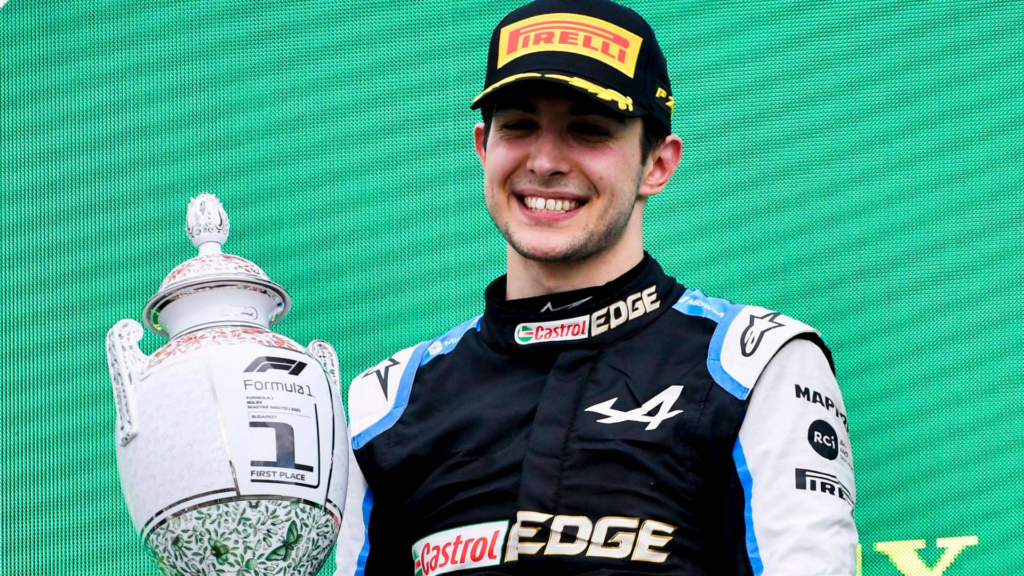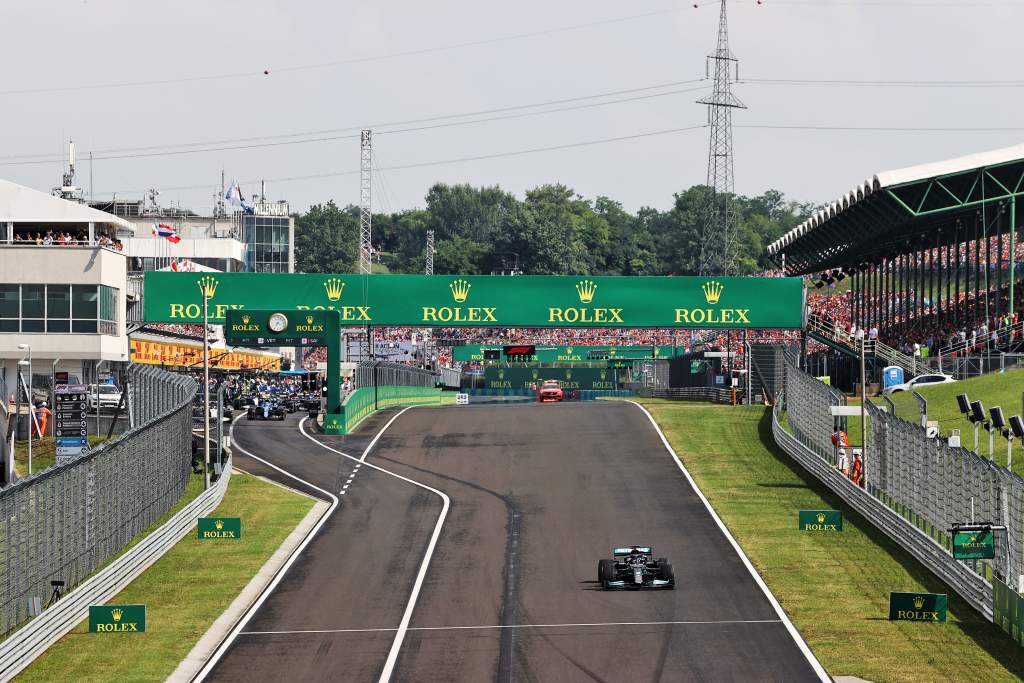The Hungaroring circuit, located just outside Budapest, Hungary, has hosted the Hungarian Grand Prix since 1986. Over the last 30+ years, this tight and twisty track has produced some of Formula One’s most dramatic and memorable moments.
The Beginning: Hungary Gets Its First Purpose-Built F1 Track
In 1985, Formula One boss Bernie Ecclestone had the idea to bring a Grand Prix race behind the Iron Curtain to Hungary. With backing from the Hungarian government, construction on the Hungaroring circuit began in October 1985 and was completed in a record-breaking 9 months.
The 4.381 km track was built in a dusty valley just 10 km from Budapest. Its tight and twisty layout, with several long turns and short straights, posed a unique challenge for drivers. The Hungaroring held its first race in March 1986, followed by the first Hungarian Grand Prix that August.
hungaroring Circuit Layout and Key Features
There have been minor tweaks to the Hungaroring circuit layout over the years, but its essential character has remained unchanged:
- Tight, twisty corners that require good traction
- Several long turns followed by short straights
- Bumpy and dusty track surface that worsens over a race weekend
- Built in a valley bowl, providing spectators views of much of the circuit
- High summer temperatures add to the challenge
At 4.381 km, it’s one of the shorter tracks, but don’t let that fool you. Lewis Hamilton holds the Hungaroring lap record at 1:16.627, set in 2020. Hungaroring is also one of the racetracks with the highest altitude. Although it’s just 270m above the sea level, it’s still among the top.
Memorable Moments from Hungary
With its tricky layout that tests driver skill, the Hungaroring has hosted many memorable F1 moments:

1986 – Piquet Wins 1st Hungarian GP
The first-ever Hungarian GP saw a “Battle of the Brazilians” between Nelson Piquet and Ayrton Senna, with Piquet taking the checkered flag.
1987 – Piquet Repeats as Mansell Spins from Lead
Nigel Mansell dominated before incredibly spinning out while leading with 6 laps left, allowing Piquet to repeat as Hungaroring winner.
1992 – Mansell Clinches Championship
After past misfortune there, Mansell had redemption by clinching the 1992 driver’s championship in Hungary.
1997 – Hill Denied by Car Failure
Damon Hill drove a masterful race in his uncompetitive Arrows, only for hydraulic failure to rob him of an impossible Hungarian victory on the final lap.
2006 – Button Breaks His Duck
Jenson Button earned his first F1 win in his 113th start, going from 14th to 1st to claim an unlikely Hungarian triumph.
With its tendency for unpredictability and dashes of drama, the Hungaroring has etched its place in F1 lore over the past 30+ years. More history lies in wait as Hungary remains a permanent fixture on the Formula One calendar.
2021 – Ocon’s maiden victory and hamilton’s solo start
Rainy race start led to an early red flag, duing which the track dried up. For the restart, only Lewis Hamilton went to the grid, while the rest of the drivers opted to go into the pits instantly and switch to slick tires. In a hectic race, Esteban Ocon took the lead, and with the help of Alonso fighting off faster cars behind him, managed to secure his maiden victory.

Hungaroring circuit Detailed Track Guide
Let’s take a corner-by-corner look at the Hungaroring’s unique layout and driving challenges:
Turn 1: Tight Right-Hand Hairpin
A significant braking zone at the end of the main straight brings drivers down to 2nd gear for this tight right-hand hairpin curve. Setting up the proper racing line through here is key to carry momentum down into Turn 2.
Turns 2-3: High-Speed Sweepers
Accelerating out of Turn 1, drivers stay right and throw the car left through the fast right-hand sweeper of Turn 2. Turn 3 quickly arrives as a faster left-hand sweeper at full throttle.
Turn 4: Sharp Left Over Blind Crest
A sharp and tricky left-hander soon appears over a blind crest. It’s easy to run wide on corner-exit with the track dropping away on the outside.
Turns 5-6: High-Speed Chicane
Turn 5 is a quicker right taken flat-out before braking hard for the left-right chicane of Turn 6. Finding the best racing line and traction here is vital to maintain speed down the short straight.
Turns 7-10: Slower Left-Right Sequence
After a short blast, drivers navigate a more technical sequence of turns. Brake for the slow left of Turn 7, apex through the low-speed right of 8, then commit through a similar pair at Turns 9 and 10.
Turn 11: Heavy Braking into Sharp Right
The next short straight sees F1 cars hit 200+ kph before slamming the anchors on for Turn 11, a tricky, low-speed right some have compared to Monaco’s famous Loews hairpin.
Turn 12: 90-Degree Left
Formerly a fast kink, this corner was tightened significantly in 2003. Entering wide to curve back across to the inside kerb is key to maximize traction.
Turn 13: Tightening Radius Right
With Turn 12 setting drivers up on the left side, they stay to the inside as Turn 13 tightens to the right at low speed. Another corner where traction on corner-exit is vital.
Turn 14: Sharp, Low-Speed Left
The last complex before the main straight, Turn 14 is a tricky left-hander that demands precision at low speeds. Drivers who overcook their entry often go very wide on the exit.
With its technical corners and sweeping elevation changes, the Hungaroring serves drivers a feast-or-famine layout. Master its curves and camber changes, and it will reward you. But the smallest mistakes here can cost drivers dearly – as the circuit’s history has shown time and again.

